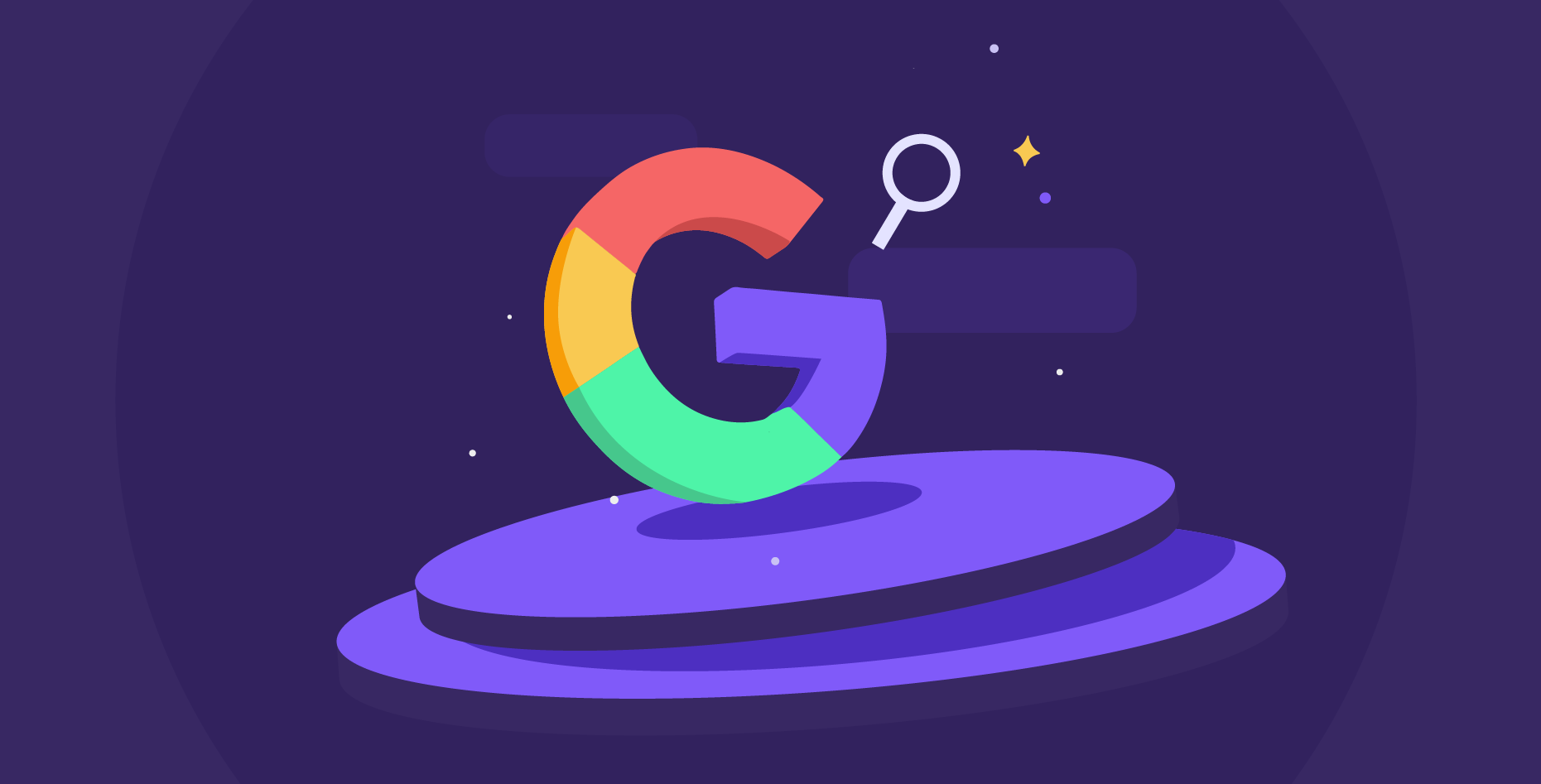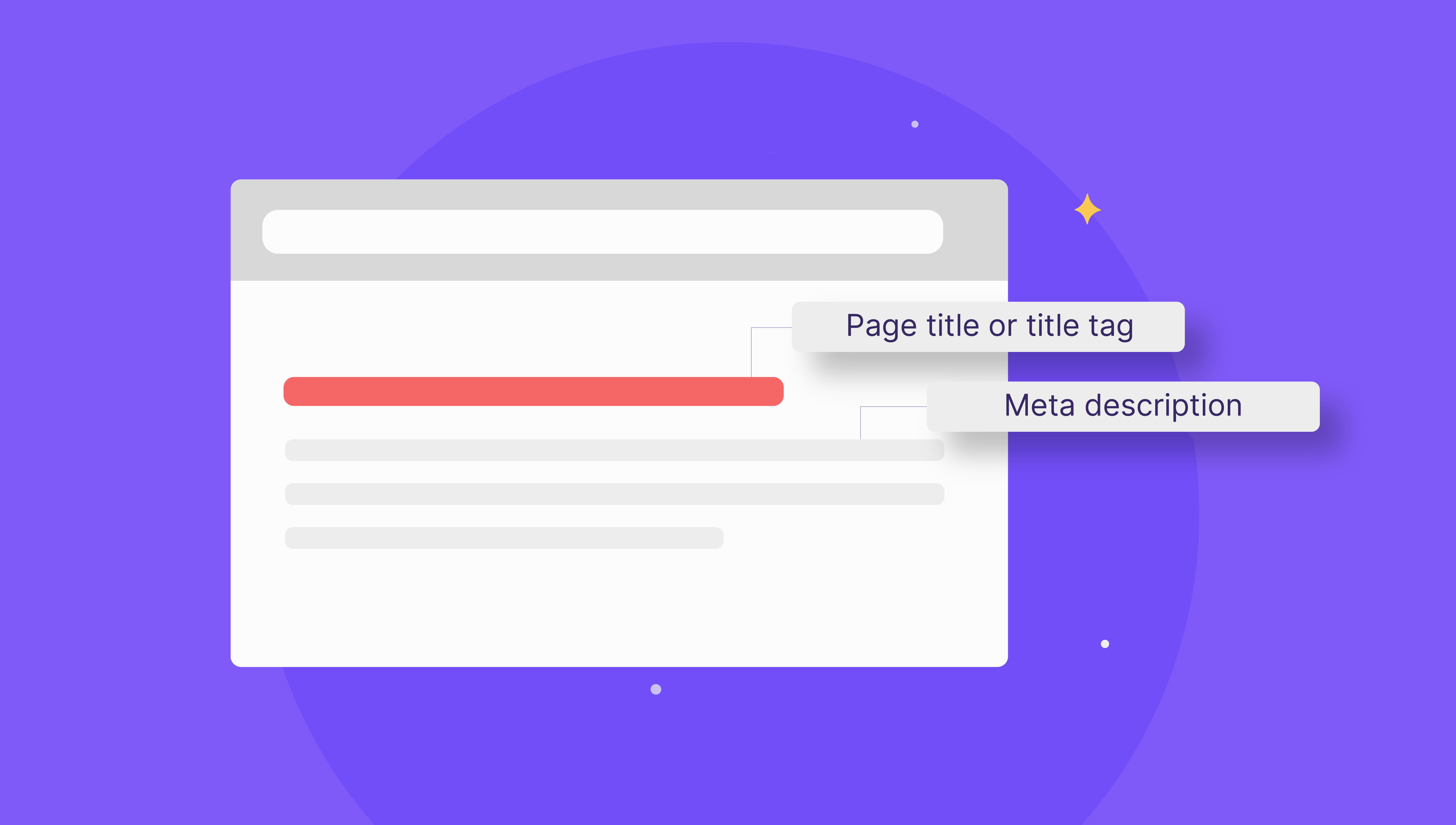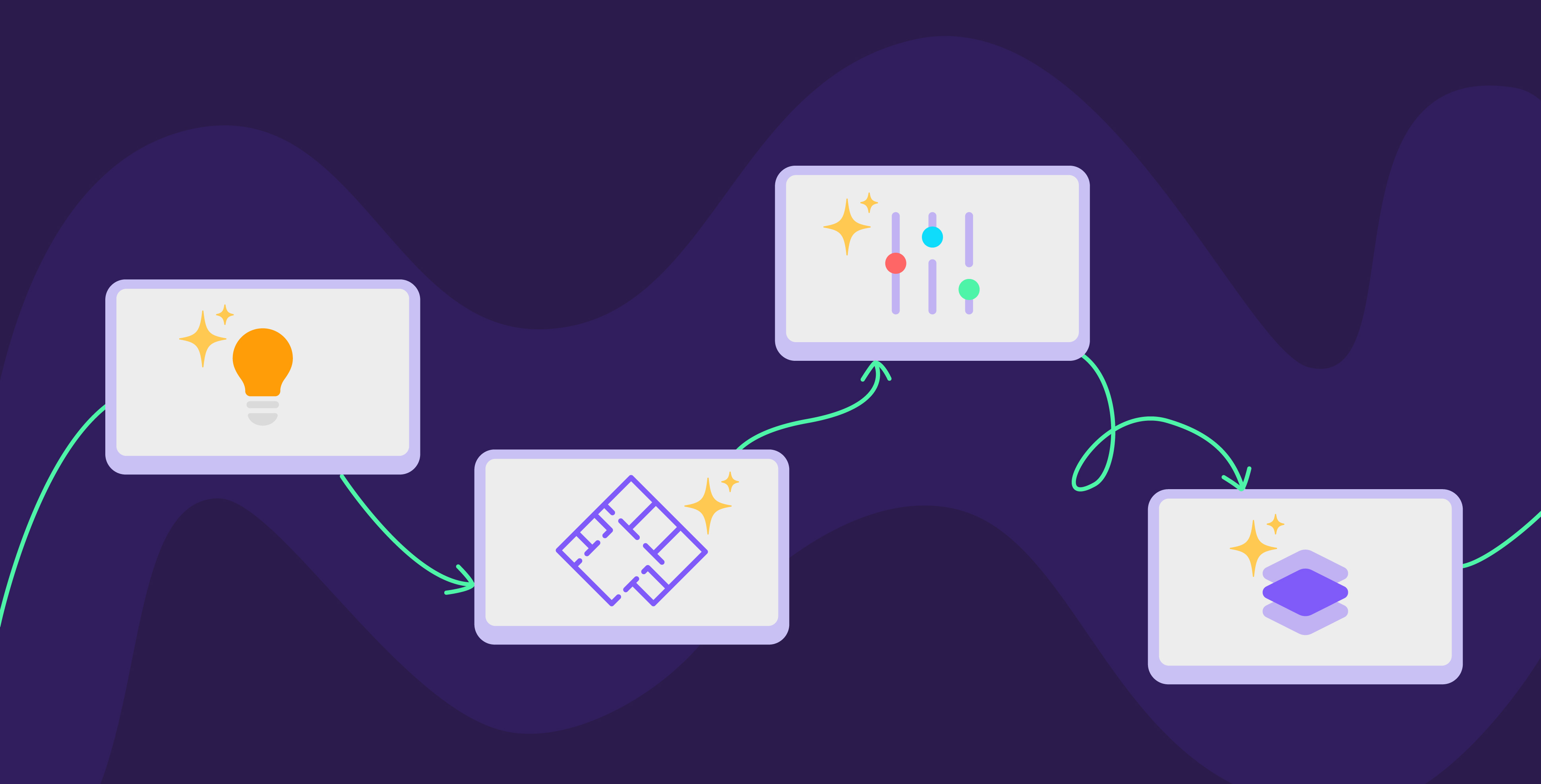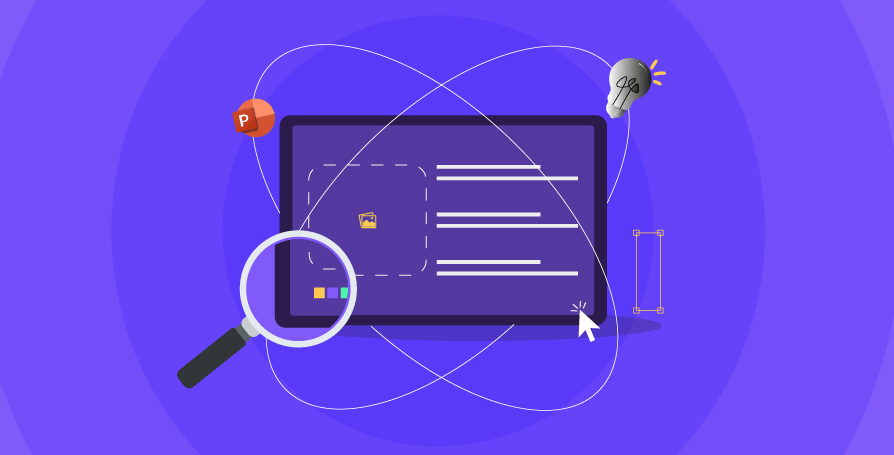13 May 2024
Leave your competitors in the dust and grab those prized page-one positions with near-perfect on-page SEO
Most businesses can feel daunted and overwhelmed by SEO, and there is a good reason too. There are thousands of factors that impact rankings and they are constantly changing. To make things easier, we put together this checklist to help you nail your on-page SEO. And in some low-competition industries, taking these steps could be all that you need to rank on Google’s first page. Alternatively, you can hire an SEO and Digital Marketing agency in Dubai.
A Foolproof SEO Checklist
01 Setup Google Search Console – it’s a powerful tool by Google and is very handy in spotting and fixing SEO issues on a website. Plus, it’s free and super easy to set up.
02 What you do not track, you cannot improve. Set up Google Analytics and configure your conversion goals according to the most important actions you want users to take on the site. This tool is free and incredibly easy to set up and configure.
03 Go a step further and set up Google Tag Manager and set up more conversion-related events like clicks on phone numbers, emails, and other actions that are meaningful to you.
04 If your site is on WordPress, install the Yoast SEO plugin. This plugin makes it super easy to perform several SEO-related tasks such as optimizing meta tags and creating a robots.txt file and sitemap.
05 Keywords research – use the Google keywords tool and Google suggestions in search to find the best keywords to optimize your pages. You can also use tools like Keyword Tool to make your keyword research process easier.
06 Try to include your best keywords in your URLs. There is a lot of data out there that proves that having keywords in the URLs helps pages rank better and have a higher CTR.
07 Map out your keywords so that you have 2-4 keywords that would be used on each of your main pages (such as services pages or category pages for eCommerce websites). Use your toughest keywords with the highest search volume on your homepage.
08 Use your most important keyword (for a given page) as high up on the page as possible – ideally within the first 150 words of that page.
09 Use your most important keyword (on a given page) in the H1 tag of that page. Use only one H1 per page.
10 Use your second most important keyword in the H2 tags of that page. Have up to 3-5 H2 tags on each page.
11 Write well-thought-out meta titles for each page by starting your meta title with the page’s most important keyword. Try to keep your meta titles under 60 characters. Meta titles are a huge factor for on-range factors, so you really want to get this right.
12 Write well-thought-out meta descriptions. Pro tip: treat your meta descriptions as ad text. One way to do it is to take inspiration from the ads on Google. Meta descriptions are not a direct ranking factor, but they can improve your CTR that then impact your rankings.
13 Optimize your images – name your images with your keywords and include your keywords in the ALT tags of each image. Don’t forget to compress your images before uploading.
14 Log into Google Search Console and check for any 404 pages – 301 redirects the 404 pages to the most relevant pages. If you can not figure out the most relevant page to redirect users to, redirect them to the homepage.
15 Internally link to your most important pages. Make sure each of your most important pages is internally linked to all the other pages. Crosslink your strong pages with other strong pages.
16 Set up an XML sitemap.
17 Set up a robots.txt page and other no-index pages that should not be on Google – such as login pages, thank you pages, pages behind a paywall or a password, and pages such as privacy policy and terms and conditions, etc.
18 Make sure all of the external links on your site are tagged “no-index.”
19 Make sure your pages are mobile-friendly. We can’t stress the importance of this enough. Use this mobile-friendliness testing tool.
20 Check for broken links on the site using this tool. The 301 redirects any 404 pages to the most relevant page.
21 Use HTTPS instead of HTTP. And ensure all your pages are redirecting to the HTTPS versions. HTTPS is a definite ranking factor in 2021 and it’s pretty easy to set up. Here is a guide to help you along your way.
22 Optimize your page speed. Check your page speed with the Google Pagespeed Insights tool. This tool will tell you what your page speed score is and what elements on your pages need to be optimized to move the needle in the right direction. Sometimes it can be challenging to bump up the page speed, and if that’s the case, we recommend using a tool such as this one.
23 Use schema markup wherever possible on your site’s pages. Use the schema testing tool to make sure your schema is implemented correctly. Implementing schema can be tricky so make sure you understand how it works.
24 Research and write great content before sharing it on social media.
Keep in mind you can always hire a professional SEO company to take care of your on-page and off-page SEO. Prezlab specializes in SEO, social media management, and digital marketing, specializing in presentation design, branding, and video production.








